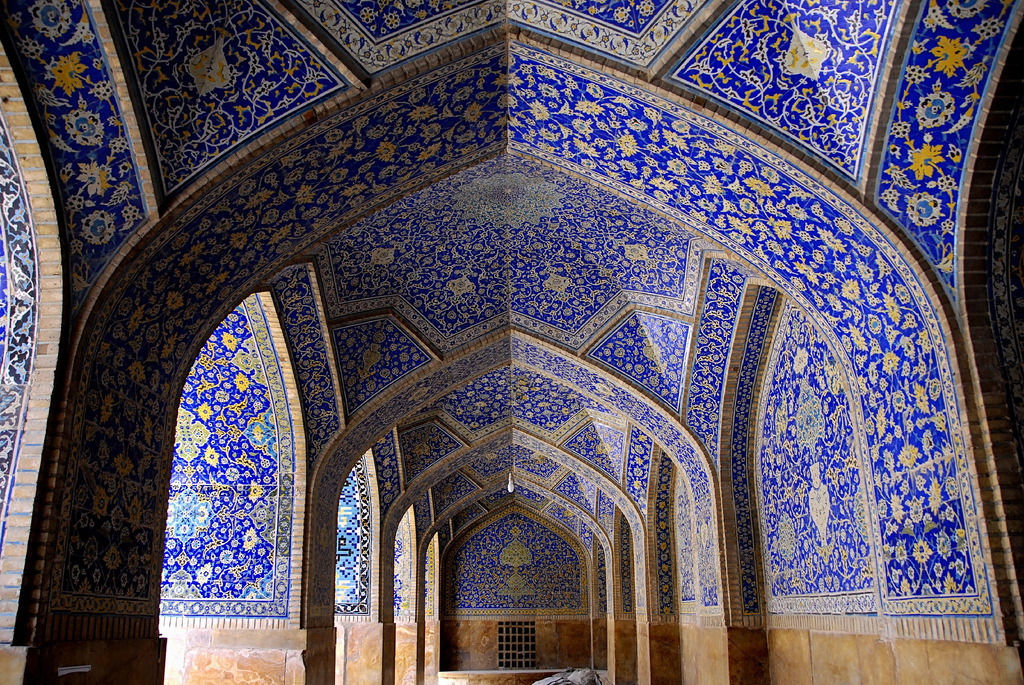Isfahan Tourist Attractions - Imam Mosque

The richness of this mosque’s blue-tiled mosaic designs and its perfectly proportioned Safavid-era architecture form a visually stunning monument to the imagination of Shah Abbas I and the ability of his architect. Work started on the magnificent entrance portal in 1611, and it took four years to finish. It was not until 1629, the last year of the reign of Shah Abbas, that the high dome, and therefore the mosque, was completed.
Little has changed since. Although each of the mosque’s parts is a masterpiece, it is the unity of the overall design that leaves a lasting impression. The original purpose of the much-photographed entrance portal had more to do with its location on the square than with the mosque’s spiritual aims. Its function was primarily ornamental, providing a counterpoint to the Qeysarieh Portal at the entrance to the Bazar-e Bozorg. The foundation stones are of white marble from Ardestan and the portal itself, some 30m tall, is decorated with magnificent moarraq kashi (mosaics featuring geometric designs, floral motifs and calligraphy) by the most skilled artists of the age.
The splendid niches contain complex stalactite mouldings in a honeycomb pattern; each panel has its own intricate design. The main sanctuary provides wonderful views back to the two turquoise minarets above the entrance portal. Each is encircled by projecting balconies and white geometric calligraphy in which the names of Mohammed and Ali are picked out over and over again. To the east and west of the main sanctuary are the courtyards of two madraseh. Both provide good views of the main dome with its glorious profusion of turquoise-shaded tiles.
Leave a Reply
Your email address will not be published. Required fields are marked *
All Comments (0)